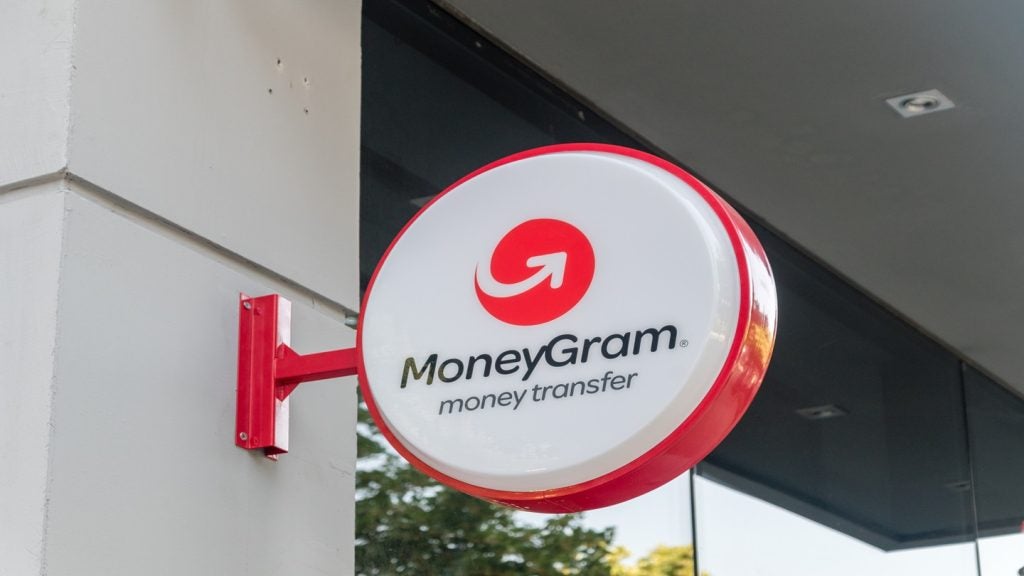most innovative retail bank, has rolled out another new product
with a twist: Add It Up. The product is a new rewards programme
that provides cash rebates to online banking customers who purchase
goods from a range of selected, high-profile internet retailers.
Dan Jones
reports.
Bank of America (BofA), the largest retail
bank in the US, has officially launched Add It Up, a new rewards
programme that will provide cash rebates to online banking
customers who purchase goods and services from a variety of
internet retailers.
BofA sees the programme as deepening its
dominance in the US online banking market – and has furthered its
internet presence in recent months with a number of other online
initiatives.
Under the terms of the Add It Up programme,
holders of BofA credit or debit cards that are subscribed to the
bank’s online banking service will be able to earn up to 20 percent
cashback at 270 high profile US retailers, including Wal-Mart, Best
Buy, Apple and Barnes & Noble.
The amount earned will vary on a
retailer-by-retailer basis; consumers are also able to choose how
to receive the cashback they earn, for example through either a
current account or credit card account, with no overall limit
imposed on the amount they are able to reclaim.
The marketing of the programme is in keeping
with the overriding theme of the times for banks: helping consumers
save more. In that manner, the ethos is similar to BofA’s highly
successful Keep the Change savings programme, which has steered
customers to save over $1 billion in round-ups and bank-matching
funds since its inception in October 2005 (see RBI
602).
Add It Up will work in conjunction with Keep
the Change as well as other BofA rewards programmes such as Bank
Americard Rewards. The programme is reminiscent of existing
cashback schemes offered in the US by the likes of Citibank, but
takes such programmes a step further by encompassing debit cards as
well as credit cards.
The programme was soft-launched in November
2008 and has already seen over 237,000 customers register, with
$100,000 in cashback being awarded over the same period. Sara
Campbell, a spokeswoman at BofA, told RBI that the bank
saw the programme as a means of attracting new customers to its
online banking service, which continued to enjoy strong growth in
2008.
The number of active online banking customers
at BofA now stands at 28.9 million, after adding 5.1 million net
new subscribers in 2008.
Campbell also suggested that BofA would look
to extend the list of participating retailers in future, possibly
to include more regional stores, adding that BofA is “always
looking for new partners”.
“We’ve been doing our best to improve the
experience for customers since the soft-launch last year, and we do
have high expectations [for the programme] in 2009,” Campbell
added.
BofA has also been expanding its use of social
media tools in recent months, establishing a presence on sites such
as Twitter (see below) as well as launching its own blog,
Future Banking, aimed at encouraging discussion about banking
innovations and wider issues in the industry.
The bank’s pioneering on-site customer reviews
have also continued to attract attention from customers, with over
5,000 comments having been posted to its website since launching in
September 2007.
WEB 2.0
Banks get all
twittery
Bank of America has launched a
customer communication service on social networking site Twitter.
The microblogging site, which enables users to send and receive
updates up to 140 characters in length, has witnessed a surge in
popularity in recent months since the likes of US president Barack
Obama used the service as a means of keeping supporters informed
during the 2008 US presidential election campaign.
BofA is represented on Twitter by customer
service representative David Knapp, who is able to track mentions
of BofA on the site and address customer concerns directly. The
service is something of a curate’s egg: consumers typically only
mention banks by name if they are using Twitter to air their
discontent with products or services – often in no uncertain terms.
To its credit, BofA has managed to win round these consumers in
some cases; its efforts to provide direct assistance in a highly
visible manner have also won it plaudits among site users.
The bank is not the first US financial
institution to make use of Twitter: most of the leading US banks
now have a presence on the social network. A case can be made for
drawing parallels between the banks’ engagement with Twitter and
the broader success of their marketing campaigns and customer
service initiatives – Wachovia, long held up as a bastion of
customer service and winner of the American Customer Satisifaction
Index for the past eight years, has had a Twitter representative
performing a similar function to Knapp since August 2008.
By contrast, Washington Mutual found little
favour on Twitter in attempting to base its updates around its Whoo
Hoo! advertising campaign, eventually retiring its service after it
was subject to considerable levels of derision from other users. Of
other large US banks, Wells Fargo was the earliest Twitter adopter,
arriving in April 2007, but is only now launching a full-scale
service, and Chase is using the site as an advertising and
information outlet rather than a customer communication tool.







